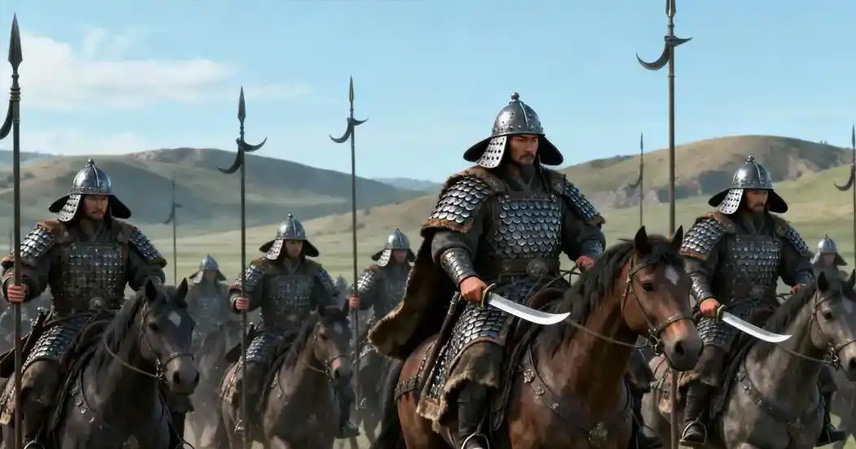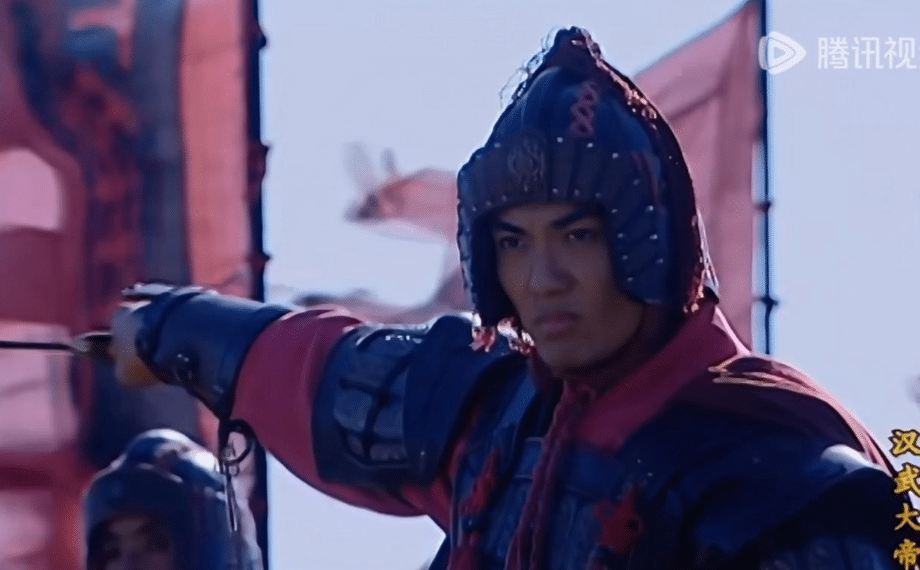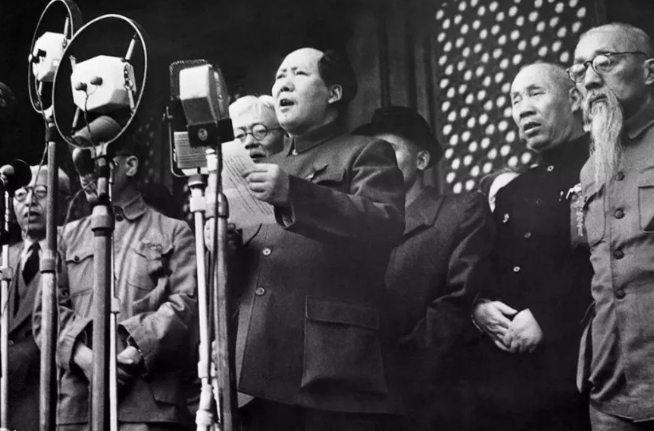Many historical dramas and movies tend to glorify cavalry, but the true impact of cavalry forces in ancient warfare was far more profound than what is often depicted. A mere hundred cavalrymen could alter the course of a battle, and a force of twenty to thirty thousand riders could determine the fate of an empire.
Cavalry’s Battlefield Penetration
One of the most terrifying aspects of cavalry was its “battlefield penetration.” While ancient infantry formations relied on dense defensive lines, cavalry had the ability to quickly maneuver around the enemy’s front line and strike at the heart of the army—targeting command centers or critical supply depots. A prime example of this is the Han general Wei Qing’s surprise attack on the Xiongnu court, where he led just over a thousand cavalrymen to breach the enemy’s defenses, causing chaos and forcing the enemy to break formation. This type of “heart-strike” tactic was impossible for infantry to counter.
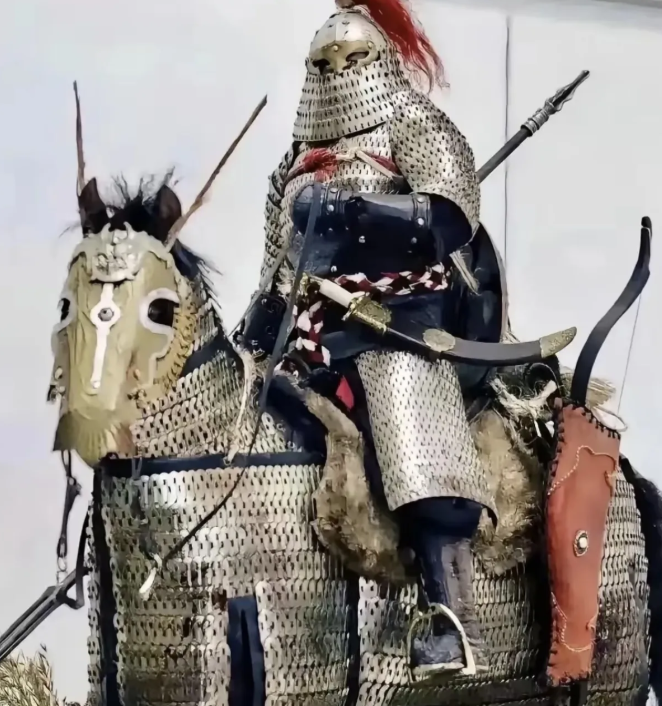
Psychological Impact of Cavalry
Another crucial factor was the “psychological pressure” cavalry exerted. When cavalry charged, the pounding of horses’ hooves and the flash of weapons could instantly shatter the morale of infantry. Once the enemy’s formation was disrupted, cavalry units could break up the enemy into smaller groups and systematically destroy them. For instance, during the Tang Dynasty, General Li Jing used 20,000 cavalrymen to relentlessly pursue the Eastern Turks, preventing them from regrouping, and in a decisive battle, he secured victory for the empire.
Cavalry’s Strategic Threat
The strategic value of cavalry went beyond its ability to break enemy lines. A cavalry force of just a few thousand could travel hundreds of miles in a short amount of time, threatening key cities, supply lines, and even forcing the enemy to divert their resources to defend against a seemingly small force. The Mongol cavalry, for example, was notorious for using small groups to tie up vastly superior enemy forces, before concentrating their main force to pick off the enemy one by one.
Real-life Historical Examples
A key example is Emperor Taizong of Tang, who used 4,000 elite cavalry to stabilize his empire. While leading these riders, he decisively defeated the much larger Song and Jin forces. Similarly, in the famous Battle of Fugu Kou, Er Zhu Rong led just 7,000 cavalry and destroyed a massive army of 300,000, capturing their leader, Ge Rong, in a single battle. These victories demonstrate how cavalry, when strategically employed, could overcome much larger, less mobile forces.
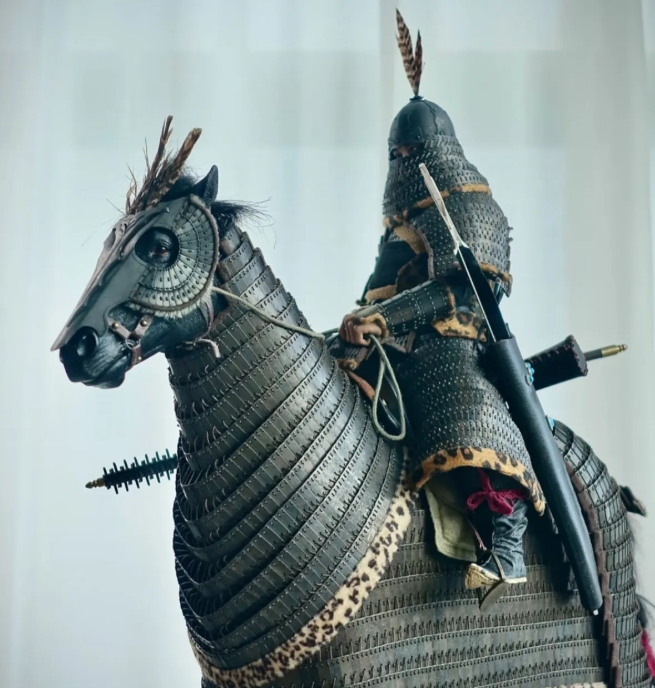
The High Cost of Cavalry
Despite their power, cavalry forces were not easily assembled. The cost of maintaining a warhorse was roughly equivalent to supporting 10 infantry soldiers. This included expenses for the horses themselves, armor, weapons, and the training of both the rider and the horse, which could take years. General Huo Qubing’s elite cavalry were each provided with three horses, along with years of training in horsemanship and weaponry. Additionally, each rider and their horses needed the same amount of food as infantry soldiers, further increasing the cost.
Conclusion
The myth of hundreds of thousands of cavalry being deployed at once is largely a product of fictionalized accounts in movies and TV shows. The true historical cavalry forces were small but incredibly effective, capable of reshaping the battlefield with precision and psychological impact. The real power of cavalry was not in sheer numbers, but in its mobility, strategic use, and the ability to strike fear into the hearts of infantry.

